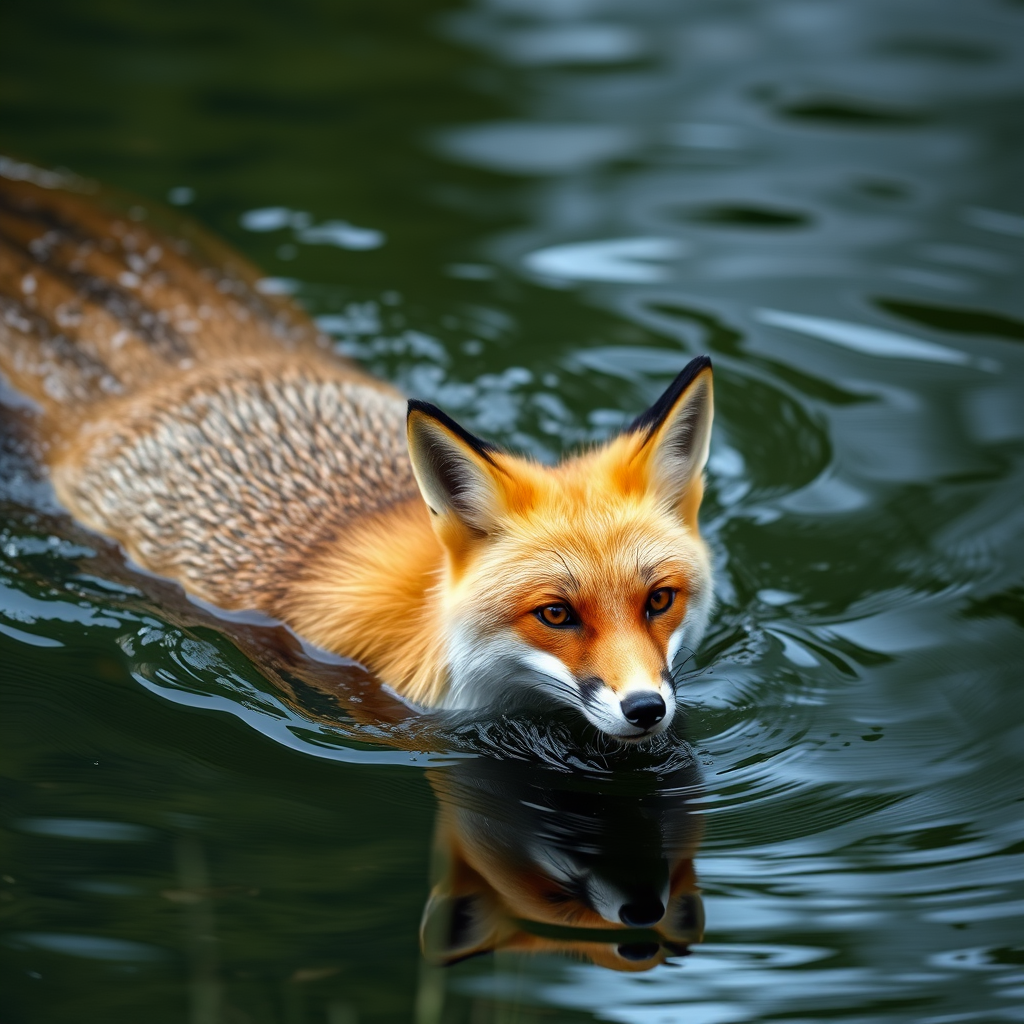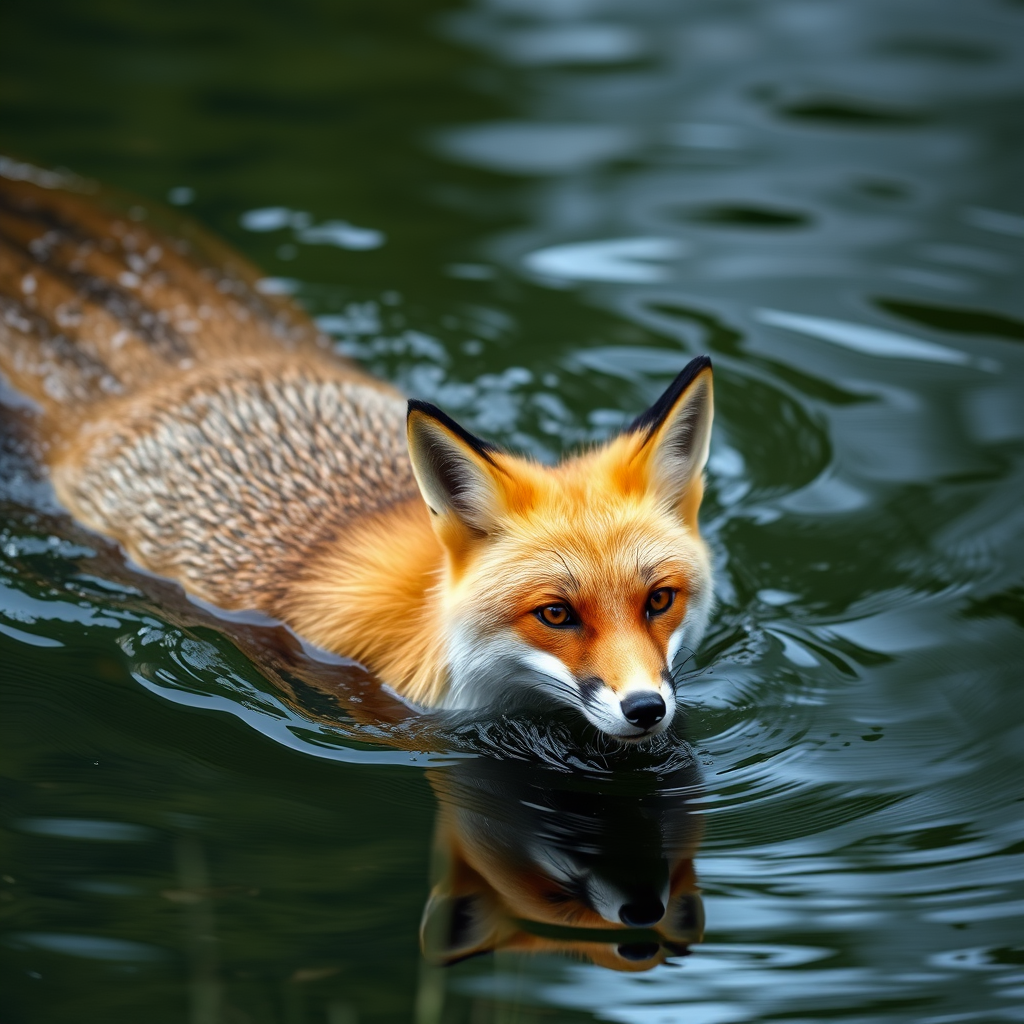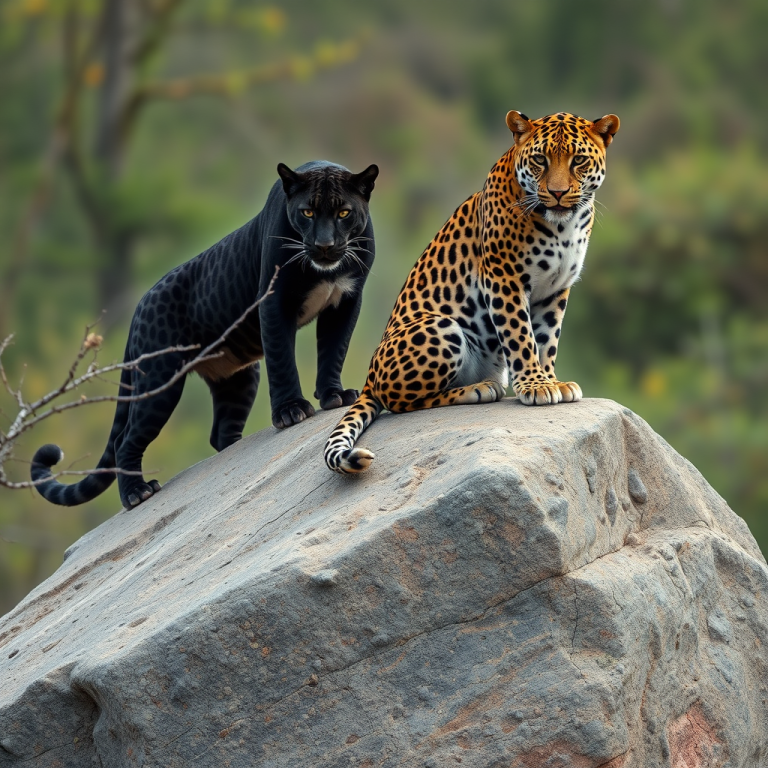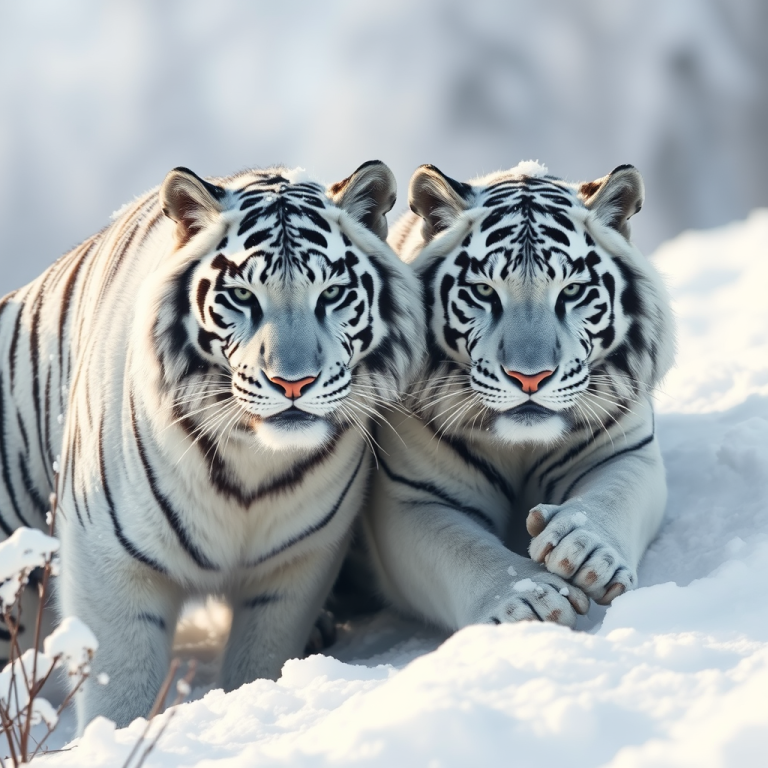Foxes: Clever, Quiet, and Full of Secrets
Foxes have always been wrapped in mystery. In stories, they’re the tricksters—smart, sneaky, and always one step ahead. But beyond the folklore, real foxes are even more fascinating. They live everywhere from icy tundras to city alleys, moving with silent paws and watchful eyes. Their ability to survive almost anywhere is what makes them one of the most adaptable mammals on Earth.
A Face Full of Expression
One of the first things people notice about a fox is its face—sharp, alert, and expressive. Their pointed ears swivel at the slightest sound. Their golden or icy blue eyes hold a look that feels like they know something you don’t. And that long, fluffy tail? It’s not just for show. Foxes use their tails, called “brushes,” for balance, warmth, and even communication. They wrap it around their bodies when they sleep and signal other foxes with the way they hold or flick it.
Masters of Solitude
Unlike wolves, foxes don’t run in packs. They’re mostly solitary, and they like it that way. A fox hunts, eats, and rests alone—quietly slipping through grasslands, forests, or even backyards without being noticed. Their sense of hearing is so sharp, they can detect a mouse tunneling under the snow. And once they lock in on prey, they pounce with a spring so fast and precise, it almost looks like a dance move.
Voices in the Night
Foxes are quiet, but they’re not silent. At night, they make strange, haunting calls—barks, screams, and howls that sound almost human. These sounds aren’t random. Foxes use them to mark territory, find mates, or locate their young. If you ever hear a fox scream at night, it can chill your spine—but to them, it’s just another way to talk.
Raising Kits in Hidden Homes
When it’s time to raise a family, foxes settle into dens—underground tunnels or hollow logs hidden deep in the brush. A mother fox, called a vixen, can have four to six babies, known as kits. For the first few weeks, she rarely leaves their side, while the father brings food and keeps watch. Kits are born blind and helpless, but they grow fast. By three months, they’re wrestling, learning to hunt, and starting to explore on their own.
Fur That Changes with the Seasons
Foxes aren’t just red. Their fur comes in shades of gray, black, silver, and even white. Arctic foxes turn pure white in the winter and brown in the summer, blending into their surroundings like magic. Red foxes, the most common species, have rusty coats, black legs, and that signature white-tipped tail. Their coats aren’t just for style—they keep them warm, silent, and hidden all year long.
Thriving in Cities and Suburbs
Foxes don’t need wilderness to survive. In fact, many now live in urban areas, slipping through alleyways, raiding trash cans, and even raising their young beneath garden sheds. Their ability to adapt to human environments is incredible—they’ve learned to cross roads, avoid traffic, and steal food without being caught. But they’re not a threat. Foxes would rather run than fight, and they help control rodent populations wherever they roam.
Not Quite Dog, Not Quite Cat
Foxes belong to the dog family, but they behave like a strange mix of dog and cat. They trot like canines but pounce like felines. They’re curious, playful, and can even make a chirping sound when they’re happy. Some people have tried to tame them, but foxes will always be wild at heart. They can bond with humans, but they never fully lose their instincts.
Final Thoughts
Foxes are survivors. They’re not the biggest or the strongest, but they are sharp, cautious, and endlessly clever. They blend in, think fast, and thrive where others struggle. To see a fox in the wild—or even in a city—is to witness grace wrapped in fur. They’re the quiet observers of the natural world, slipping between the cracks and making a life for themselves wherever the land allows.
If you’re curious about the wonders of wildlife, stick around—there’s a whole world to explore at Wonder of Wild.








